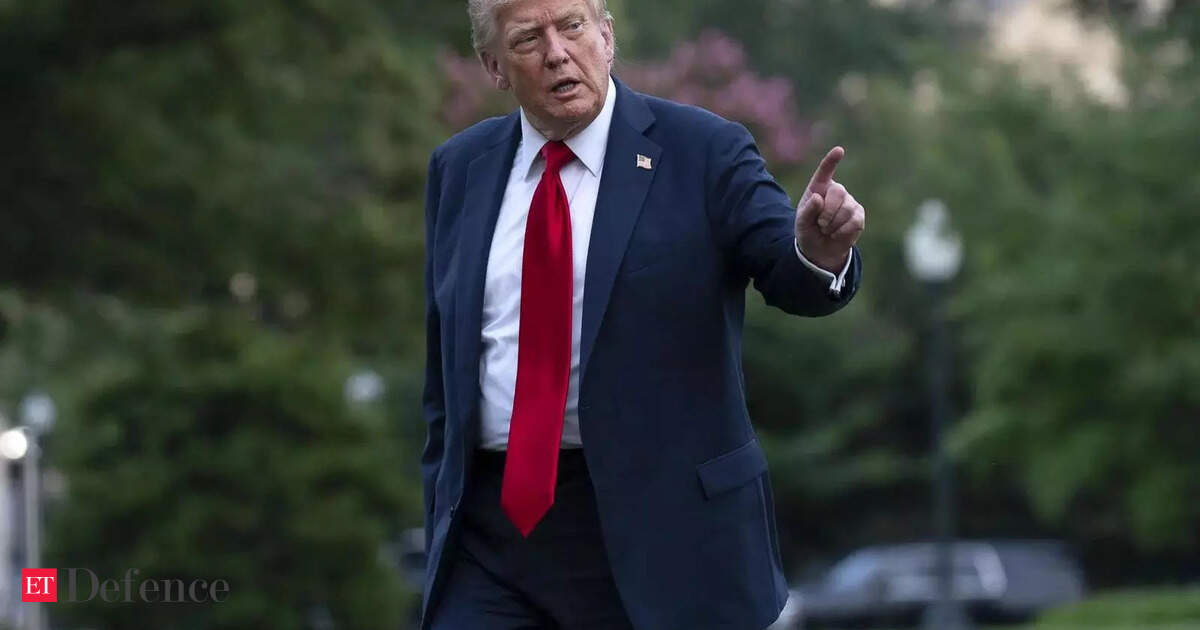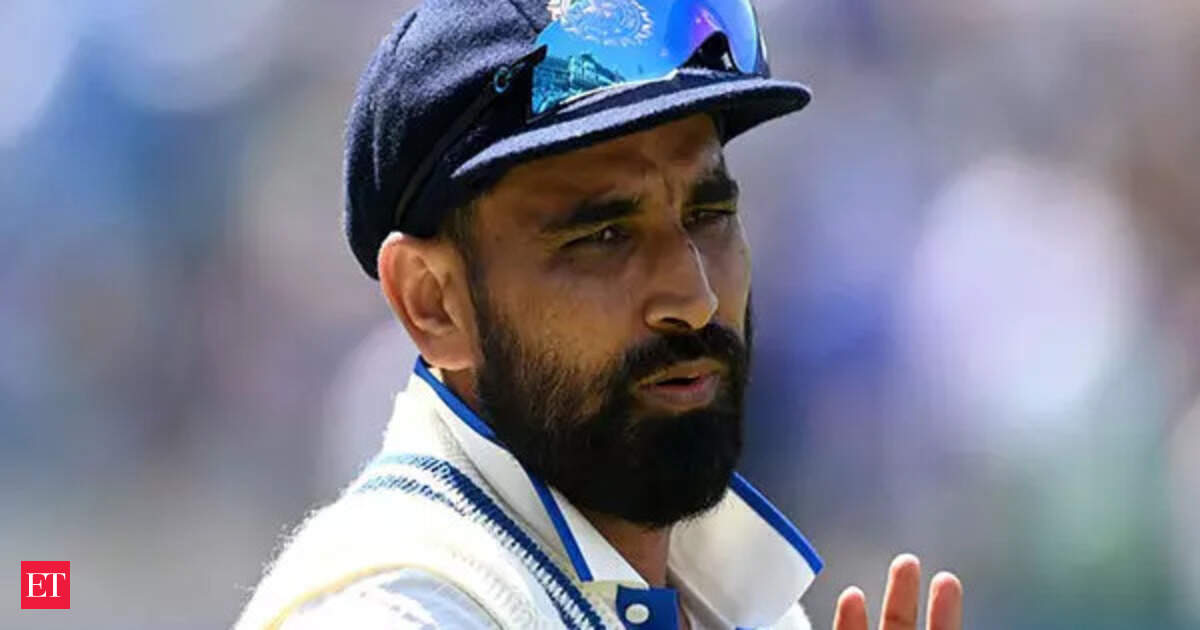Secretary of State Marco Rubio told Reuters, “We’re going to be working on that issue as we speak. I just got off the phone with the relevant parties. We’re very concerned about it, and hopefully we’ll have some updates later today. But we’re very concerned about it.”
His warning came as clashes erupted again in Syria’s south, with Druze fighters and government troops exchanging fire only hours after a ceasefire was announced.
Airstrikes hit Damascus and beyond
On Wednesday, the Israeli military carried out rare strikes in central Damascus, targeting the Syrian Defence Ministry. Syrian state media said at least 13 people were wounded. Earlier, a drone hit the same building. Another Israeli strike hit near the presidential palace in the hills outside the capital, the Associated Press reported.
An Israeli Defence Ministry official, who spoke anonymously, confirmed a brigade was being moved from Gaza to the Golan Heights. Defence Minister Israel Katz wrote after the airstrike, “The painful blows have begun.”
Sweida feels the brunt
The renewed fighting centres on Sweida, a mostly Druze province in Syria’s southwest. For days, government forces and Druze militias have clashed, with tanks and drones deployed near the Israeli frontier.Israel says it is protecting the Druze and enforcing a long-standing demilitarised zone. Prime Minister Benjamin Netanyahu and Katz said in a joint statement, “Israel is committed to preventing harm to the Druze in Syria due to the deep brotherhood alliance with our Druze citizens in Israel. We are acting to prevent the Syrian regime from harming them and to ensure the demilitarisation of the area adjacent to our border with Syria.”A Reuters reporter saw drones overhead and heard at least four airstrikes in Sweida. A damaged tank was hauled away as gunfire echoed through the city. Three bodies were spotted in the street. The clashes, which flared up on Sunday, have already claimed dozens of lives.
Syria points the finger at Israel
Syria’s foreign ministry blamed Israel for the violence, calling it “fully responsible” for the strikes and their consequences. The government said it would protect all Syrians, including the Druze. A statement from the presidency promised legal action against “anyone proven to have committed violations or abuses, regardless of their rank or position.”
Defence Minister Murhaf Abu Qasra declared a ceasefire and said troops would only fire if attacked. Military police were sent to Sweida to “control military behaviour and hold violators accountable,” Syria’s state news agency SANA reported.
Druze leader says truce broken
Despite the ceasefire, shelling did not stop. Sheikh Hikmat al-Hajri, a senior Druze cleric, accused government troops of breaking the deal. “We are being subject to a total war of extermination,” al-Hajri said in a video message. “I call on all Druze to confront this barbaric campaign with all means available.”
Earlier, Druze leaders urged fighters to lay down their arms and cooperate with Syrian troops. Al-Hajri rejected this, claiming the appeal was forced by Damascus and that attacks on civilians continued.
Fragile control in Damascus
Syria’s new interim president, Ahmed al-Sharaa, is struggling to keep hold of power after Islamist insurgents forced Bashar al-Assad out in December. His government has the Trump administration’s backing but still faces distrust from minorities, worsened by massacres of Alawites in March.
Thousands have fled the latest clashes in Sweida. For the United States, the stakes are high. Tom Barrack, US special envoy for Syria, said, “The United States was actively engaging with all sides to navigate towards calm and integration.”
Yet on the ground, the guns are still speaking louder than any promise of peace.




